Dutch student Boyan Slat is only 19 years old, but he already has 100 people working on his revolutionary plan to scoop thousands of tonnes of damaging plastics from the oceans.
The world’s “plastic soup,” much of it swirling around in five main gyres or rotating oceanic currents, costs billions of euros to the fishing and tourism sectors every year.
Estimates differ as to how much of the waste is in our oceans, ranging from half a million to millions of tonnes.
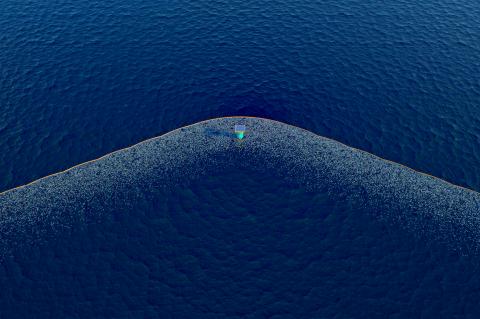
Photo: AFP
The scourge kills marine life, entering the food chain when sea creatures ingest it, as well as ensnaring dolphins and whales.
While most ideas for attacking the plastic plague involve boats criss-crossing the oceans to scoop up the waste, Slat came up with a remarkably practical way to help solve the problem: harnessing the power of sea currents to trap the “soup.”
“Why go after the plastic if the plastic can come to you?” the aeronautical engineering student told AFP.
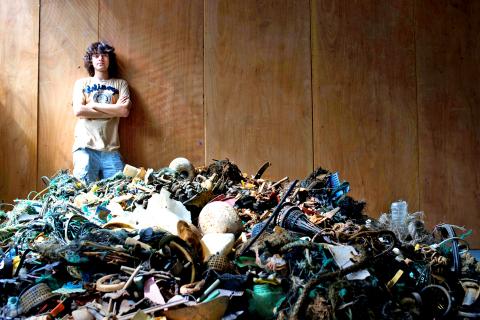
Photo: AFP
‘SOUP TRAP’
His design calls for two vast floating arms, 50 km long each, in the form of a “V”, anchored to the ocean floor.
Curtains, ironically made from super-strong plastic, hang from the arms, dangling around three meters below the surface.
Ocean currents will force the waste into the “V” and to a cylindrical platform 11 meters in diameter floating at the end which can store up to 3,000 cubic meters of plastic (more than an Olympic swimming pool ) for eventual collection by a ship. A solar-powered conveyor belt will take the largest chunks of plastic to and from a shredder so that it will fit in the cylinder.
The blue-eyed, shaggy-haired Slat, who still lives at home with his parents, says he got his idea while scuba-diving in Greece. “I saw more plastics than fish under the water,” he recalled.
He publicly presented it for the first time at the end of 2012, hardly daring to dream it would become reality. Today, he has put his studies on hold and 100 people around the world are working for him, several of them full time.
‘FASTER, CHEAPER’
Following a year of feasibility studies and a certain amount of criticism from a skeptical scientific community, Slat wants to set up a pilot project to run for the next three or four years before installing the first operational “Ocean Cleanup Array” in the north Pacific Ocean.
He has set up a crowdfunding Web site to collect US$2 million in 100 days. He reached the first million after 32 days.
Over a 10-year period, he hopes his invention will collect nearly half of the plastic swirling around in the north Pacific Ocean.
Slat claims his method would be thousands of times faster than sending ships to fish the plastic out of the water.
“It’s not only faster, it’s also cheaper,” he said.
Around 70 people, including oceanographers, engineers and legal advisers, took part in the feasibility study, looking at legal and material questions, as well as the project’s weather-resistance and cost.
‘UNANSWERED QUESTIONS’
“The ocean cleanup team has addressed concerns that the ocean community has voiced, but there are still issues that need to be addressed,” Kim Martini, an oceanographer at Washington State University in Seattle, told AFP by e-mail.
Some say the feasibility study underestimates the proportion of micro-plastics, which are just millimeters in size and extremely difficult to trap and remove.
Others say the project itself will become a dangerous obstacle for marine life and sea traffic.
“Boyan is a terrific engineer, and we appreciate a lot what he does for the plastic soup issue,” said Anna Cummins of the 5 Gyres environmental charity and lobby group in a telephone interview.
“But what we do not understand, is why he wants to use his device so far from the coastlines,” she told AFP.
“Collecting waste from the middle of the ocean is like collecting water from a tap that is always on,” said Daniel Poolen of the Plastic Soup Foundation.
“You have to go to river mouths, to the source” of the pollution, he said.
Slat insists that the feasibility study, which concluded that the project was “likely feasible,” dealt with all the technical problems.
Nevertheless, he is aware of the limitations.
“Thankfully, I’m surrounded by people who have more knowledge than me, they bring their experience on board,” Slat said, adding: “I’m only 19!”
“Even if I think that my project is more efficient and cheaper, I know it won’t remove all plastic waste,” he admits.
“And most importantly, I know full well that the source of plastic in the oceans won’t disappear tomorrow, people will unfortunately continue to put plastic waste into the environment.”
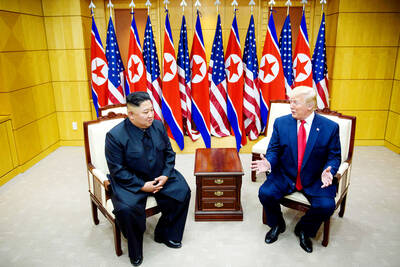
US President Donald Trump may have hoped for an impromptu talk with his old friend Kim Jong-un during a recent trip to Asia, but analysts say the increasingly emboldened North Korean despot had few good reasons to join the photo-op. Trump sent repeated overtures to Kim during his barnstorming tour of Asia, saying he was “100 percent” open to a meeting and even bucking decades of US policy by conceding that North Korea was “sort of a nuclear power.” But Pyongyang kept mum on the invitation, instead firing off missiles and sending its foreign minister to Russia and Belarus, with whom it
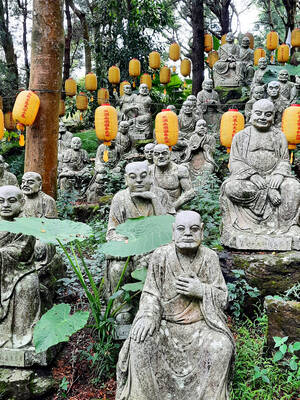
When Taiwan was battered by storms this summer, the only crumb of comfort I could take was knowing that some advice I’d drafted several weeks earlier had been correct. Regarding the Southern Cross-Island Highway (南橫公路), a spectacular high-elevation route connecting Taiwan’s southwest with the country’s southeast, I’d written: “The precarious existence of this road cannot be overstated; those hoping to drive or ride all the way across should have a backup plan.” As this article was going to press, the middle section of the highway, between Meishankou (梅山口) in Kaohsiung and Siangyang (向陽) in Taitung County, was still closed to outsiders
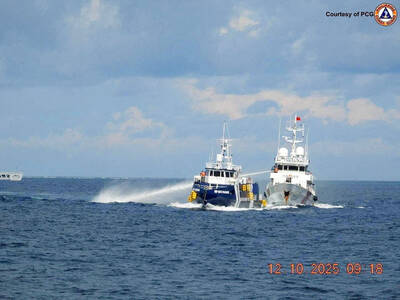
Many people noticed the flood of pro-China propaganda across a number of venues in recent weeks that looks like a coordinated assault on US Taiwan policy. It does look like an effort intended to influence the US before the meeting between US President Donald Trump and Chinese dictator Xi Jinping (習近平) over the weekend. Jennifer Kavanagh’s piece in the New York Times in September appears to be the opening strike of the current campaign. She followed up last week in the Lowy Interpreter, blaming the US for causing the PRC to escalate in the Philippines and Taiwan, saying that as
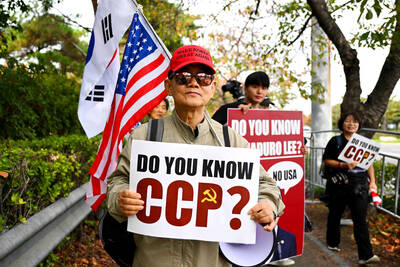
The Chinese Communist Party (CCP) has a dystopian, radical and dangerous conception of itself. Few are aware of this very fundamental difference between how they view power and how the rest of the world does. Even those of us who have lived in China sometimes fall back into the trap of viewing it through the lens of the power relationships common throughout the rest of the world, instead of understanding the CCP as it conceives of itself. Broadly speaking, the concepts of the people, race, culture, civilization, nation, government and religion are separate, though often overlapping and intertwined. A government